The Garden-to-Table Garden Center
Empower your customers and establish your garden center as a leader in your community’s garden-to-table movement with necessary workshops and events.
As more people are becoming aware of where their food comes from and how it’s grown, they’re taking matters into their own hands and starting their own home gardens or increasing the ones they already have. For a new generation of gardeners, the garden-to-table movement is a chance to learn new skills, and they are hungry for information.
It is important that our industry be aware of and track trends in the marketplace. By opening up your garden center for workshops and other events that will provide customers with the knowledge they need for planting, harvesting and everything in between and beyond, you’ll empower your customers and establish your garden center as a leader in your community’s garden-to-table movement.
Pre-Planting Plans
Beginning gardening classes are perfect for first-time gardeners, and they’re also great refreshers for seasoned gardeners as well. By offering a series of weekend workshops that cover general planting information, you’ll attract a new group of customers who are eager to learn the when, what, how and where of herb and vegetable gardening. There’s certainly a wide range of topics to cover with beginning gardeners, but here are a few ideas to get your workshop planning going.
Vegetable gardening 101. Newcomers will be looking for basic information, from what to plant to how to plant it. Help them choose based upon both their food preference and level of difficulty cool-season herbs and vegetables that are easy to grow in spring and fall include lettuces, spinach, broccoli, kale, Brussels sprouts, Swiss chard and parsley. Warm-season favorites that are great for beginners include squash, peppers, zucchini, tomatoes, rosemary, sage, basil and dill.
Discuss the basic needs of sun, soil and water people need to know that they can have a successful garden regardless of the size of their space as long as these three elements are in place. And it’s equally important for beginners to understand that they should not go overboard with their first garden and end up with more than they can tend to. Nothing sours a new gardener faster than being overwhelmed with too much garden! This is a great opportunity to showcase what your garden center offers in the way of containers, building materials or kits for raised beds (another great how-to idea to offer customers), options for vertical gardening like trellises, arbors and the like, and even the tools it takes to cultivate a few rows right in the ground.
Candace Wickstrom, owner of City Floral in Denver, tells me that the demonstration gardens, which include raised beds, patio pots and even hydroponics, are a hit with her customers. “And most popular of all are the staff recommendations on our numerous varieties of tomatoes, herbs and other veggies,” she says. “Our customers are always compelled to come back and let the staff know how well their crop performed!”
What’s in the chef’s garden? Invite local chefs who either have their own kitchen gardens or rely on local farmers for their produce, to speak to customers about growing food. It will be helpful for customers to understand how much they should plant in order to feed their families, and chefs who grow their own produce can offer plenty of insight into what plants yield the most herbs and vegetables. Cross-promote this event with the chefs’ restaurants to increase visibility and to reach potential new customers. Nurture these relationships for a return visit during your harvest-time workshops and other events.
Get the kids involved. Kids are naturally curious, and if they see their parents or grandparents working in the garden their first instinct is usually a want to help. So let them get involved by offering a weekend workshop for the kids, but be sure it’s interactive and hands-on break down the basics of planting by having all the materials on-hand to put together a mini container garden of easy herbs and vegetables that they can take home at the end of
the workshop.
Mid-Season Interest
Once your customers have gotten their gardens underway, they still need you and the expertise of your garden center. Particularly for new gardeners, this may be the time that they need your help the most until harvest time. It’s imperative that your customers not only know that your staff is both knowledgeable and accessible, but also that they know they can come back to your garden center with any questions and concerns they might have. Not only will you help them become successful gardeners, you’ll also establish yourself as a trusted partner in their gardening ventures. And in this high-tech day and age, you’ll find many customers will come prepared with a phone full of photos from pests they want identified to general plant photos and an inquiry as to whether they’re on the right track as far as growth is concerned.
You should also consider partnering with a few local farmers to have fresh produce for sale at your garden center on certain days. Not only does it support the farmers, it will give customers the opportunity to interact with the farmers and ask questions and learn from them. Seeing the produce and meeting the person who has grown it can have a special impact on those new to gardening, and provide just the right amount of encouragement needed for them to get their hands dirty. And if not, knowing they can find locally grown produce for sale at your garden center will give them reason enough to come back time and again.
Harvest Time!
As harvest time approaches, you should be talking to your customers about when and how to harvest their produce, and what to do with it once it’s ready to eat! Now is the time perfect to line up some post-harvest classes or workshops for customers.
Harvest how to. All herbs and vegetables have different indications of maturity, whether it’s the “big enough to eat” rule for spinach and lettuces, the skin color, height or certain formations and sizes to look for. A primer on different techniques for harvesting various items is important as well. Combine this with a lesson on how to store herbs and vegetables what’s refrigerated, what’s best left in a basket on the counter. And for those with big yields, be it an established gardener or a particularly ambitious beginner, invite someone from your local cooperative extension service office to give a workshop on canning.
“Putting up” vegetables is enjoying a great renaissance and interest has been piqued in gardeners of all ages and experience levels. Set them on their way to putting up like a pro with the proper USDA-approved information.
Welcome back, chef! Instead of inviting your locavore chef (or chefs) back just for a simple talk about cooking, make it an event! Celebrate the harvest with a late-day gathering showcasing delicious food made with fresh ingredients. Ask chefs to present simple recipes to guests, and demonstrate how to prepare some of the food being served at your event. Create recipe cards that include all of the ingredients and where they were grown to encourage hesitant guests to give growing their own food a try. Again, this is an excellent opportunity to cross-promote your garden center and the chefs’ restaurants in and around your community.


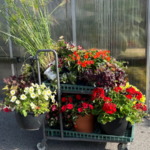




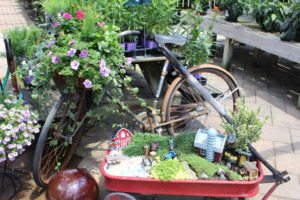


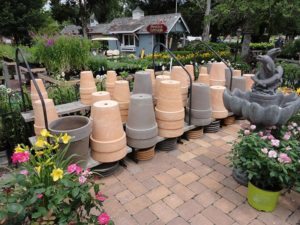
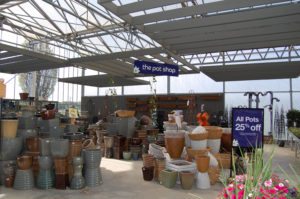
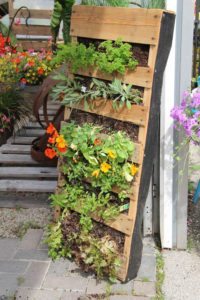
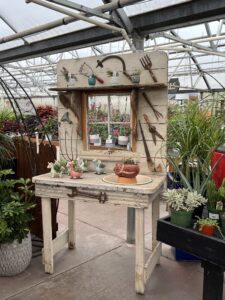
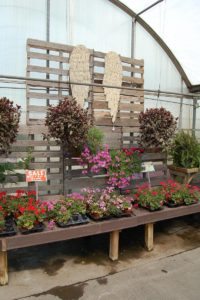
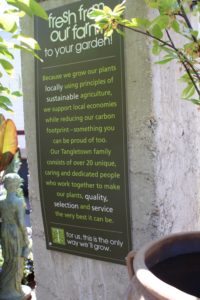
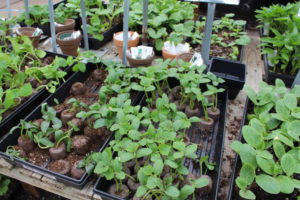
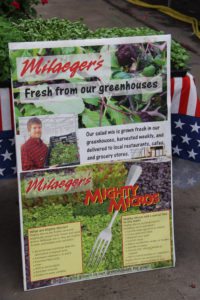
 Videos
Videos





